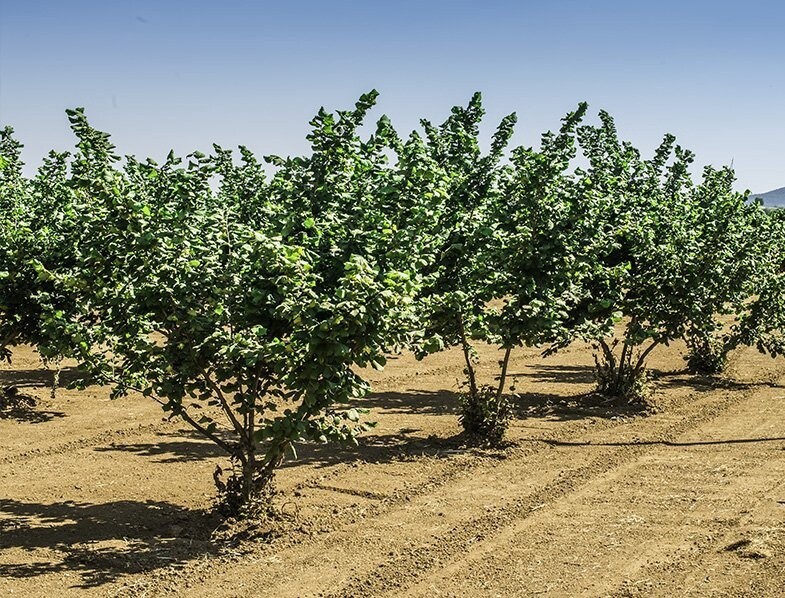Shop
Welcome to Trees for Bees Nursery online shop!
Orders can be picked up or sent nationwide in New Zealand. Orders can be paid for by credit card for pick up, or for orders being shipped, you can complete the order and the invoice for payment will be sent after the freight cost has been calculated. After receiving the invoice with the freight cost, you can decide if you wish to go ahead with the order, or cancel it. Once payment has been received, we will send your order. We send plant orders Monday and Tuesday nationwide, and on Wednesday to urban North Island addresses. Non-perishable items are sent Monday to Friday.
The easiest way to obtain a quote is to place an order through the online shopping cart - this does not require payment. To find out more about getting a quote, vIew our FAQs .
Hazelnut - seed grown
Hazelnuts are a relatively hardy tree and will withstand some degree of adversity and neglect, however, if you hope to get quality and quantity of nuts there are some important considerations to attend to in the planning and maintenance of your orchard, whether you are planting two or two thousand trees.
Hazels prefer a reasonably fertile soil with good soil moisture but adequate drainage. They will tolerate frosts but established wind shelter is a must. Persistent harsh winds will slow the growth of your trees and hence also affect their productivity. If your shelter is not yet well developed you should consider the use of individual tree guards with ventilation.
When planning orchard layout you will need to allow for root competition from shelter trees if a variety such as pines or poplars have been used. Side pruning will be required as part of your ongoing maintenance programme if you use these types of trees.
Depending on the variety, allow 2.5-3m between trees for whiteheart variety which are smaller in size at maturity and 4-5m for the more vigorous types. Allowing at least 4m between rows with a consideration for the type of equipment you will be using as your orchard is established.
The trees are wind pollinated from catkins of another variety. At least 10% of your planting needs to be in pollinator varieties planted with consideration to your prevailing winds. We recommend 2-3 types of pollination for best results. These trees will produce their own nuts of differing sizes, shapes and quality.

